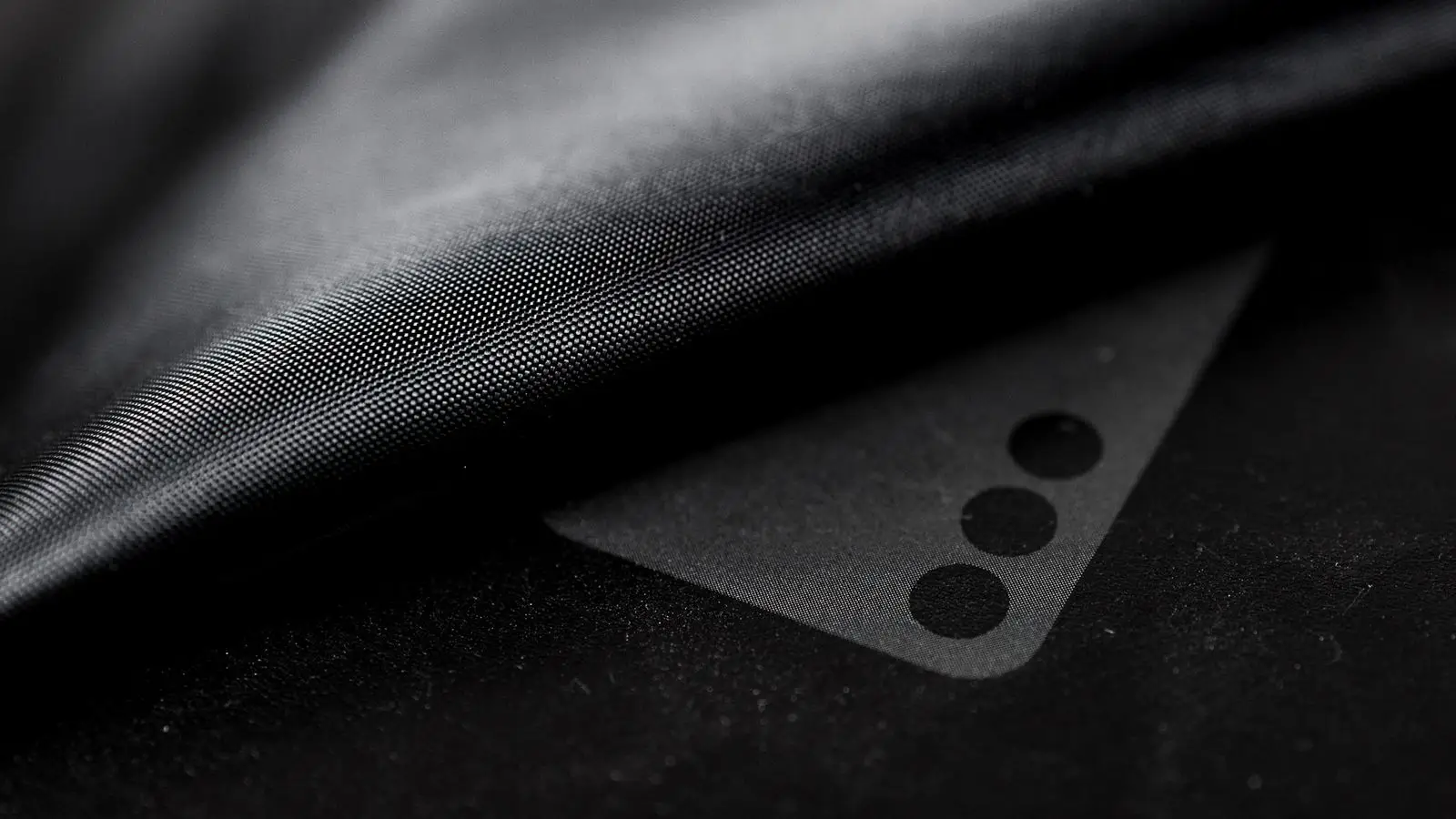How to Join and Safely Test Samsung’s One UI 8 Beta Program
Samsung extends One UI 8 Beta to more Galaxy models. Learn how to join, prepare your device, avoid pitfalls, and roll back safely if needed.
Samsung extends One UI 8 Beta to more Galaxy models. Learn how to join, prepare your device, avoid pitfalls, and roll back safely if needed.

© A. Krivonosov
Samsung is widening the reach of its One UI 8 beta program. What began with the Galaxy S25 series is now rolling out to the Galaxy S24, S24+, S24 Ultra, and even the Galaxy Z Fold6 and Z Flip6 in select countries. More devices, including mid-range models, will join over time. Testing new features can be exciting, but a beta is still a beta—expect the occasional bug, app crash, unpredictable battery life, and temporary hiccups with banking apps, accessories, Bluetooth connections, or car integration. If your phone is your daily lifeline, patience might be the wiser choice until the stable release arrives. Rolling back to One UI 7 usually means a complete data wipe, so backing up in advance is essential.
Before installing the beta, create backups—ideally in more than one place. On a PC or Mac, Samsung’s Smart Switch can store a local copy of your system, apps, and media, which often comes in handy if you need to recover the firmware. Cloud options like Google One or Google Drive can safeguard apps, SMS, call history, settings, and your media library (if Google Photos sync is enabled). In regions with Samsung Cloud support, it’s worth saving your Samsung app data too, but check storage limits and retention periods for your account. Sensitive items—such as two-factor authentication codes, eSIM profiles, wallet keys, notes, or chat histories—should be exported through dedicated tools (WhatsApp and Telegram each have their own).
It’s best to bring your device fully up to date before joining the beta. Go to Settings → Software Update, install the latest stable build, then refresh your apps in both Galaxy Store and Google Play to minimize compatibility issues. Enrollment happens through the Samsung Members app from the Galaxy Store—log in, look for the One UI 8 Beta banner, and apply. The rollout is gradual, varies by country, and sometimes requires a local SIM and matching Samsung account region. Beta slots are limited, so the absence of the banner today doesn’t mean it won’t appear tomorrow.
The One UI 8 package takes up several gigabytes, so aim for at least 10 GB of free internal storage—preferably 15–20 GB. Temporarily delete large games, clear messenger and gallery caches, and ensure your battery is at least 50% or keep the phone plugged in during the update. Wi-Fi is generally faster and more reliable for the download. While updating, it’s best to avoid VPNs, ad blockers, or aggressive power-saving modes, as they can disrupt connections and restarts. If you’ve unlocked the bootloader, changed regions, or rooted your device, return it to stock beforehand.
After the restart, let the phone settle. Over the next day or two, it will index files and optimize apps, which may cause higher battery drain and heat. Once things stabilize, check for app updates again—many receive One UI 8—specific revisions. If you notice issues like fast battery drain or laggy camera performance, try wiping the cache partition in Recovery mode. This won’t affect your personal data. Any bugs should be reported directly in Samsung Members via the beta feedback section—sending logs as close to the problem as possible makes them more valuable to developers.
If the beta isn’t for you, downgrading is possible but involves a full reset—there’s no quick, data-preserving shortcut. Use Smart Switch on your computer, select the emergency recovery and initialization option, and follow the prompts. Once done, restore the backups you prepared earlier. This is why having a solid backup strategy and treating the beta as a testing ground—not your main workhorse—makes the experience smoother and the return to stable software far less stressful.